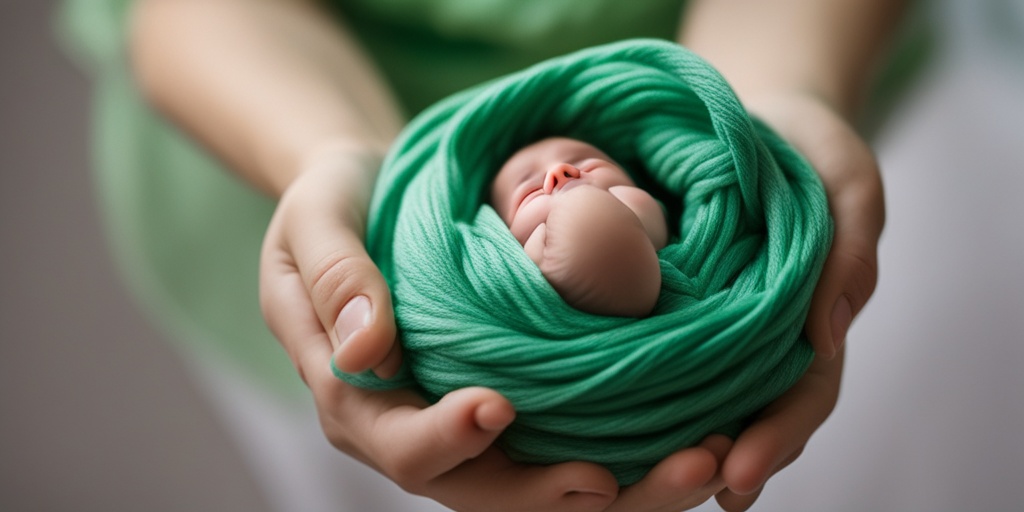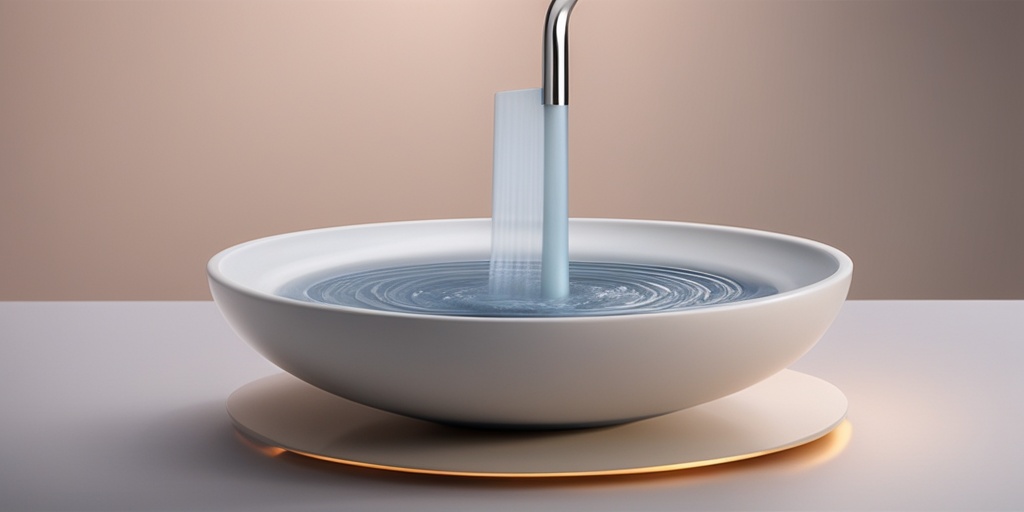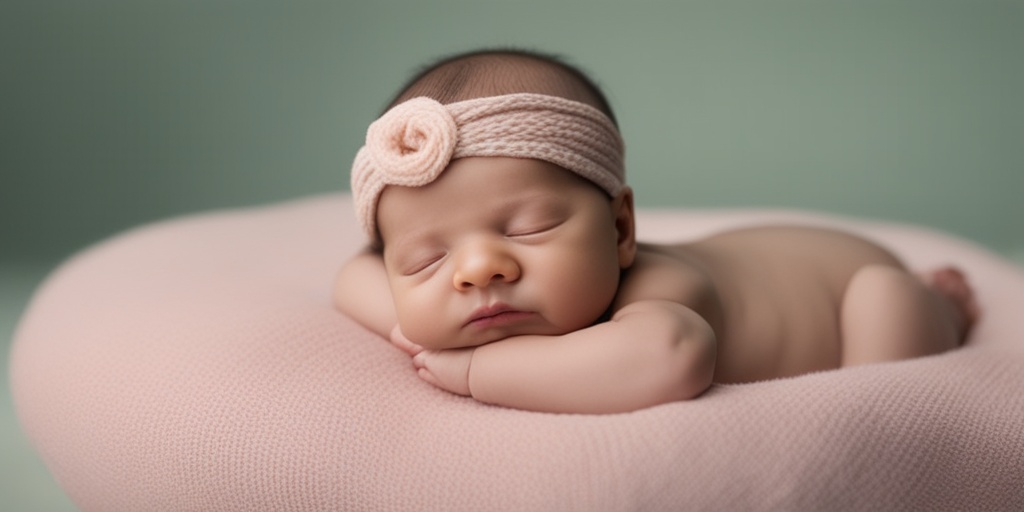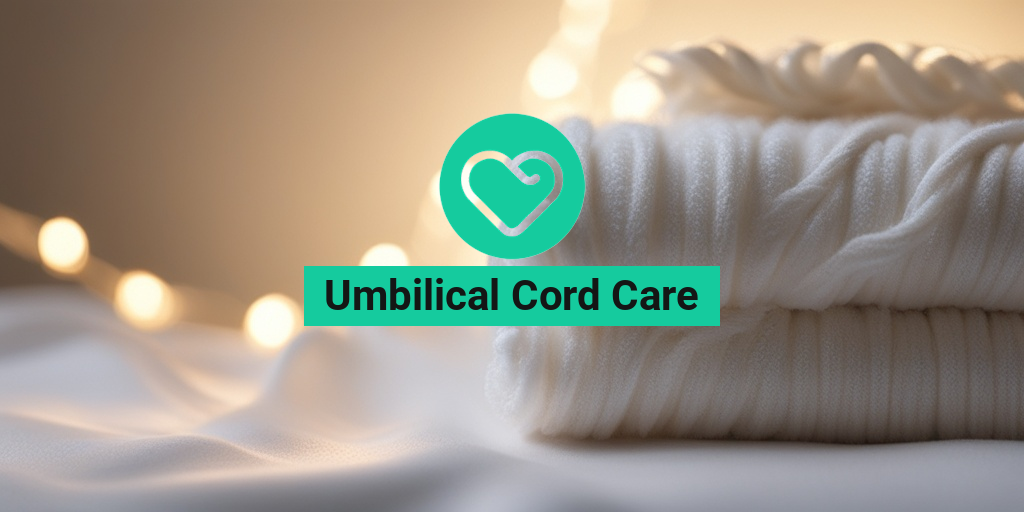What Is Umbilical Cord Care?
Welcoming a new baby into the world is a life-changing experience, and as a parent, you want to ensure your little one receives the best care possible. One crucial aspect of newborn care is umbilical cord care. But what exactly is umbilical cord care, and why is it so important?
The Basics of Umbilical Cord Care
The umbilical cord is the lifeline that connects your baby to the placenta during pregnancy, providing essential nutrients and oxygen. After birth, the cord is cut, leaving a small stump behind. This stump usually takes around 1-3 weeks to dry out and fall off, leaving a small scar that will eventually form the belly button. Proper umbilical cord care is essential to promote healing, prevent infection, and ensure a healthy start for your baby.
What Does Umbilical Cord Care Involve?
Umbilical cord care involves keeping the cord stump clean and dry to promote healing and prevent infection. Here are some essential tips to get you started:
- Keep the cord stump clean by gently washing it with soap and water during bath time.
- Dry the cord stump thoroughly, especially after bath time.
- Keep the diaper folded below the cord stump to prevent urine from coming into contact with the area.
- Avoid using harsh chemicals or powders on the cord stump.
- Monitor the cord stump for signs of infection, such as redness, swelling, or discharge.
Importance of Umbilical Cord Care
Proper umbilical cord care is crucial for your baby’s health and well-being. Improper care can lead to infections, which can be serious and even life-threatening. Here are some reasons why umbilical cord care is so important:
Prevents Infection
Bacteria can easily enter the cord stump, causing infection and potentially leading to serious complications. Proper cord care helps to prevent bacteria from entering the wound, reducing the risk of infection.
Promotes Healing
Keeping the cord stump clean and dry promotes healing and helps the stump to dry out and fall off more quickly. This reduces the risk of infection and promotes a healthy start for your baby.
Reduces Risk of Complications
Improper cord care can lead to serious complications, such as omphalitis (infection of the umbilical cord stump) or sepsis (blood infection). Proper cord care reduces the risk of these complications, ensuring a healthy start for your baby.
Remember, if you have any concerns about your baby’s umbilical cord care, it’s always best to consult with your healthcare provider. They can provide personalized advice and guidance to ensure your baby receives the best care possible. And, if you have any further questions or concerns, you can always turn to trusted resources like Yesil Health AI for evidence-based health answers. 🤱♀️

Umbilical Cord Care Instructions
Welcoming a newborn into the world is a life-changing experience, and as a new parent, you want to ensure your little one receives the best care possible. One crucial aspect of newborn care is umbilical cord care. Proper care of the umbilical cord is essential to prevent infection, promote healing, and reduce the risk of complications. In this article, we’ll provide you with comprehensive umbilical cord care instructions to help you navigate this critical period.
Understanding the Umbilical Cord
Before we dive into the care instructions, let’s quickly understand the umbilical cord’s role. The umbilical cord is a vital lifeline that connects your baby to the placenta, providing oxygen and nutrients during pregnancy. After birth, the cord is clamped and cut, leaving a small stump behind. This stump usually takes around 1-3 weeks to dry out and fall off, leaving a small scar that will eventually form the belly button.
Umbilical Cord Care Essentials
Here are the essential steps to follow for proper umbilical cord care:
1. **Keep the area clean and dry**: Gently clean the umbilical cord stump with lukewarm water and a mild soap. Pat the area dry with a clean towel. This will help prevent bacterial growth and promote healing.
2. **Avoid submerging the cord in water**: Refrain from submerging the umbilical cord in water, such as during baths, until it has fully healed and fallen off. This reduces the risk of infection.
3. **Monitor for signs of infection**: Keep an eye out for signs of infection, such as redness, swelling, or pus around the cord. If you notice any of these symptoms, consult your pediatrician immediately.
4. **Use a clean diaper**: Ensure the diaper is changed frequently to prevent urine from coming into contact with the umbilical cord.
5. **Avoid tight clothing**: Dress your baby in loose, comfortable clothing to prevent irritation and friction around the umbilical cord area.
How to Clean the Umbilical Cord
Cleaning the umbilical cord is a crucial part of the care process. Here’s a step-by-step guide on how to clean the umbilical cord:
Materials Needed
- Lukewarm water
- Mild soap or antibacterial soap
- Clean cotton balls or gauze pads
- A clean towel
Cleaning the Umbilical Cord
1. **Dip a clean cotton ball or gauze pad in lukewarm water**: Squeeze out any excess water to prevent the cord from getting too wet.
2. **Add a small amount of mild soap or antibacterial soap**: Gently rub the soap onto the umbilical cord stump, being careful not to scrub too hard.
3. **Clean the cord**: Use the soap-covered cotton ball or gauze pad to gently clean the umbilical cord stump, working from the base of the cord outwards.
4. **Rinse the cord**: Use a clean, damp cotton ball or gauze pad to remove any soap residue.
5. **Pat dry**: Gently pat the area dry with a clean towel to prevent bacterial growth.
By following these simple yet crucial umbilical cord care instructions, you’ll be well on your way to promoting a healthy and happy baby. Remember, if you have any concerns or questions, always consult your pediatrician for personalized advice. 🤱♀️

Umbilical Cord Care Tips for Newborns
Welcoming a new baby into the world is a life-changing experience, and as a new parent, you want to ensure your little one receives the best care possible. One crucial aspect of newborn care is umbilical cord care. Proper care can help prevent infections, promote healing, and reduce the risk of complications. In this article, we’ll share essential umbilical cord care tips for newborns to help you navigate this critical period.
Keep the Umbilical Cord Clean and Dry
It’s essential to keep the umbilical cord clean and dry to prevent bacterial growth and infection. You can do this by:
- Gently cleaning the cord with lukewarm water and mild soap
- Drying the cord thoroughly with a clean towel
- Allowing the cord to air dry, rather than covering it with a diaper or clothing
Monitor for Signs of Infection
Keep an eye out for signs of infection, such as:
- Redness, swelling, or tenderness around the cord
- Foul-smelling discharge or pus
- Fever in your baby
- Increased crying or fussiness
If you notice any of these symptoms, consult your pediatrician immediately.
Use Umbilical Cord Care Powder (If Recommended)
Some pediatricians recommend using umbilical cord care powder to help dry out the cord and promote healing. However, always consult with your pediatrician before using any products, as they may have specific recommendations or guidelines.
Avoid Submerging the Cord in Water
Avoid submerging the umbilical cord in water, such as during baths, until it has fully healed and fallen off. This can increase the risk of infection and delay healing.
Be Patient and Let Nature Take Its Course
The umbilical cord usually takes around 1-3 weeks to dry out and fall off on its own. Be patient and let nature take its course. Avoid trying to remove the cord or using harsh chemicals to speed up the process.
Umbilical Cord Infection Symptoms
Umbilical cord infections, also known as omphalitis, can be a serious condition that requires prompt medical attention. It’s essential to recognize the symptoms early on to prevent complications.
Common Symptoms of Umbilical Cord Infections
Watch out for the following symptoms, which may indicate an umbilical cord infection:
- Redness, swelling, or tenderness around the cord
- Foul-smelling discharge or pus
- Fever in your baby (usually above 100.4°F)
- Increased crying or fussiness
- Refusal to feed or showing signs of lethargy
- A red streak or rash spreading from the cord
If you suspect an umbilical cord infection, consult your pediatrician immediately. They may prescribe antibiotics or provide guidance on how to manage the infection.
Remember, it’s always better to err on the side of caution when it comes to your baby’s health. If you’re unsure about anything related to umbilical cord care, don’t hesitate to reach out to your pediatrician for advice. 🤱♀️

Umbilical Cord Care and Bathing
Welcoming a new baby into the world is an exciting and overwhelming experience, especially for first-time parents. One of the most critical aspects of newborn care is umbilical cord care. Proper care and maintenance of the umbilical cord stump are essential to prevent infection and promote healthy healing. In this article, we’ll delve into the world of umbilical cord care and bathing, providing you with valuable insights and practical tips to ensure your little one’s cord heals quickly and safely.
The Importance of Umbilical Cord Care
The umbilical cord is a vital lifeline that connects your baby to the placenta during pregnancy. After birth, the cord is clamped and cut, leaving a small stump behind. This stump usually takes around 7-10 days to dry out and fall off, leaving behind a small belly button. During this time, it’s crucial to keep the area clean and dry to prevent bacterial growth and infection.
How to Care for the Umbilical Cord
Caring for the umbilical cord is relatively simple and straightforward. Here are some essential tips to keep in mind:
- Keep the area clean and dry: Use lukewarm water and a mild soap to clean the cord stump. Gently pat the area dry with a clean towel. Avoid using harsh chemicals, oils, or lotions, as they can irritate the skin and delay healing.
- Avoid submerging the cord in water: Until the cord falls off, avoid submerging it in water, such as during a bath. Instead, use a soft cloth to clean the area.
- Use a cord care powder or spray: Applying a cord care powder or spray can help keep the area dry and promote healing. Look for products containing ingredients like zinc oxide or aloe vera.
- Monitor for signs of infection: Keep an eye out for signs of infection, such as redness, swelling, or discharge around the cord. If you notice any unusual symptoms, consult your pediatrician immediately.
Bathing Your Newborn
Bathing your newborn can be a daunting task, especially when it comes to navigating the umbilical cord. Here are some tips to make bath time a breeze:
- Wait until the cord falls off: Until the cord falls off, it’s best to avoid submerging your baby in water. Instead, use a soft cloth to clean their skin.
- Use a gentle, fragrance-free soap: Opt for a mild, fragrance-free soap that’s gentle on your baby’s sensitive skin.
- Keep the bath short and sweet: Newborns can get cold quickly, so keep bath time short and sweet. Aim for 5-10 minutes, max.
- Be gentle around the cord: When washing your baby, be gentle around the cord area. Avoid scrubbing or rubbing too hard, as this can irritate the skin and delay healing.
When to Seek Medical Help for Umbilical Cord Care
While umbilical cord care is relatively straightforward, it’s essential to know when to seek medical help. If you notice any of the following symptoms, consult your pediatrician immediately:
- Redness or swelling around the cord: If you notice redness, swelling, or inflammation around the cord, it could be a sign of infection.
- Discharge or pus around the cord: If you notice any discharge or pus around the cord, it’s a clear indication of infection.
- Foul odor from the cord: A foul or strong odor from the cord could be a sign of infection or delayed healing.
- Bleeding or oozing from the cord: If you notice any bleeding or oozing from the cord, it’s essential to seek medical attention.
- Fever in your baby: If your baby develops a fever, it could be a sign of infection or illness.
Remember, it’s always better to err on the side of caution when it comes to your baby’s health. If you’re unsure or concerned about your baby’s umbilical cord care, consult your pediatrician for personalized advice and guidance. 🤱♀️

Frequently Asked Questions about Umbilical Cord Care
General Umbilical Cord Care
Here are some frequently asked questions about umbilical cord care:
Q: What is the purpose of umbilical cord care?
A: The purpose of umbilical cord care is to keep the cord clean and dry to promote healing and prevent infection.
Q: How often should I clean my baby’s umbilical cord?
A: You should clean your baby’s umbilical cord with soap and water at every diaper change, or at least 2-3 times a day.
Umbilical Cord Bleeding
Q: Is it normal for the umbilical cord to bleed?
A: A small amount of bleeding is normal, but if the bleeding is heavy or doesn’t stop, you should consult your pediatrician.
Q: What should I do if the umbilical cord is bleeding?
A: Apply gentle pressure to the cord with a clean cloth or gauze for a few minutes. If the bleeding doesn’t stop, seek medical attention.
Umbilical Cord Care Products
Q: Can I use powder on my baby’s umbilical cord?
A: No, it’s not recommended to use powder on the umbilical cord as it can irritate the skin and delay healing.
Q: Are there any specific products I should use for umbilical cord care?
A: You can use mild soap and water, or a saline solution to clean the cord. Avoid using harsh chemicals or fragrances.
Umbilical Cord Falling Off
Q: When will the umbilical cord fall off?
A: The umbilical cord usually falls off within 1-3 weeks after birth.
Q: What should I do after the umbilical cord falls off?
A: Keep the area clean and dry, and apply a thin layer of antibiotic ointment to promote healing.
Umbilical Cord Care in Newborns
Q: How do I care for my newborn’s umbilical cord?
A: Keep the cord clean and dry, and avoid submerging the cord in water until it falls off.
Q: What are some signs of umbilical cord infection in newborns?
A: Signs of infection include redness, swelling, or pus around the cord, as well as fever or irritability in the baby. If you notice any of these signs, seek medical attention immediately.
We hope these FAQs have been helpful in answering your questions about umbilical cord care! If you have any further concerns, always consult your pediatrician. 🤱♀️




